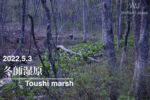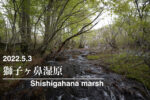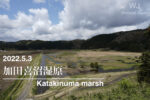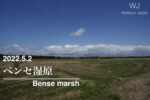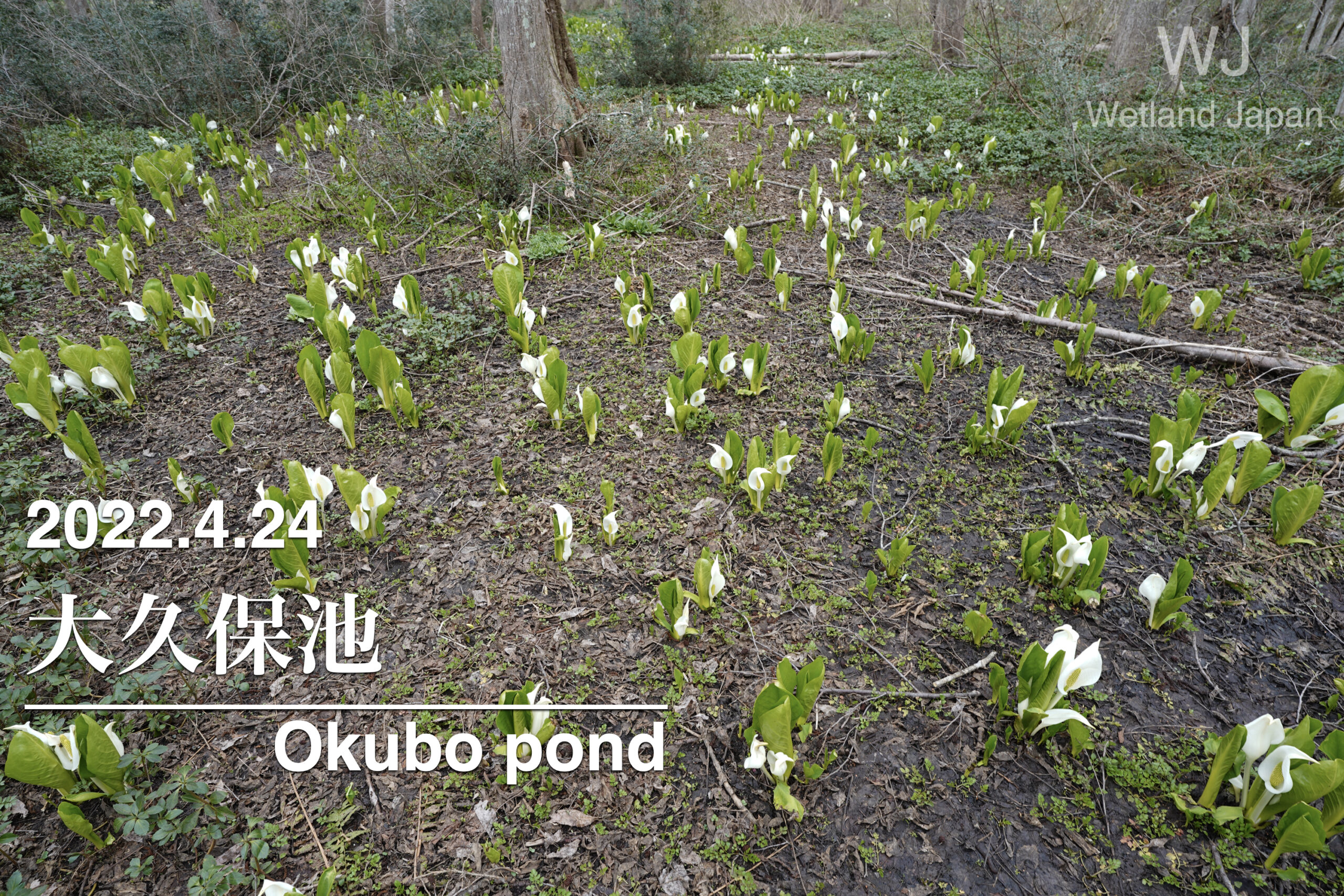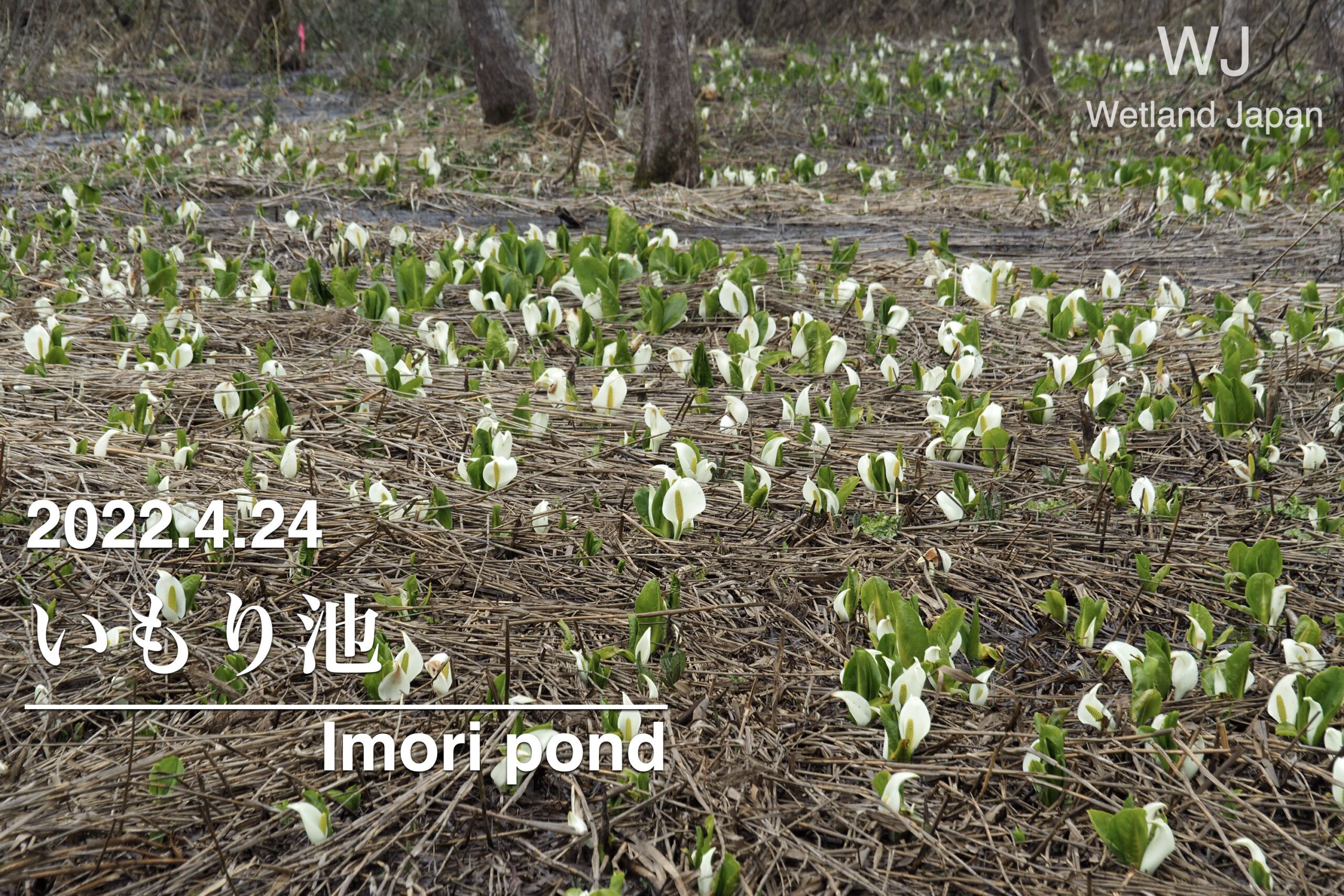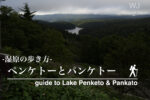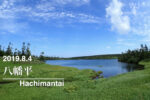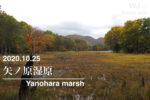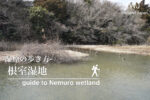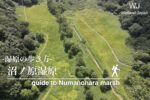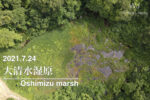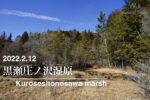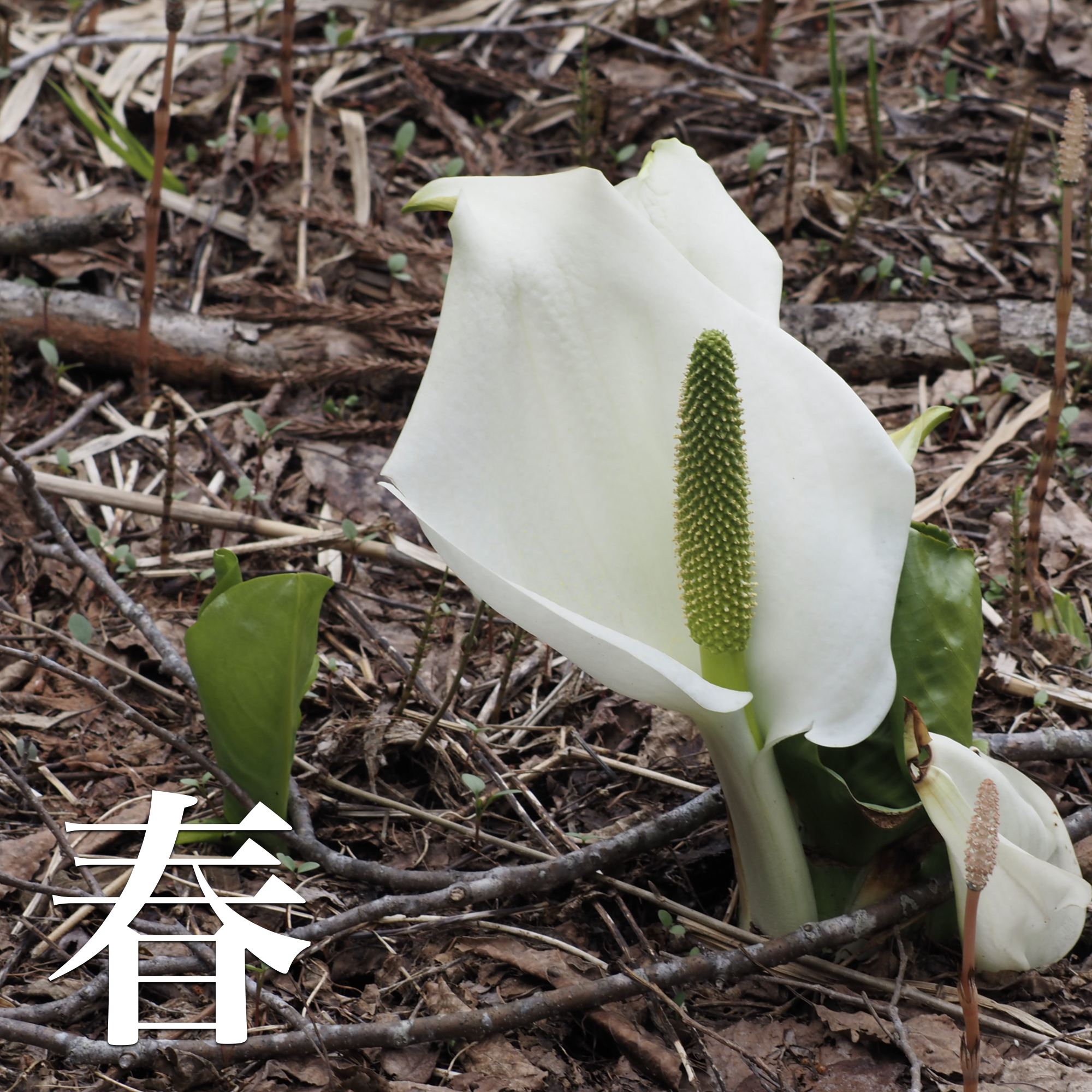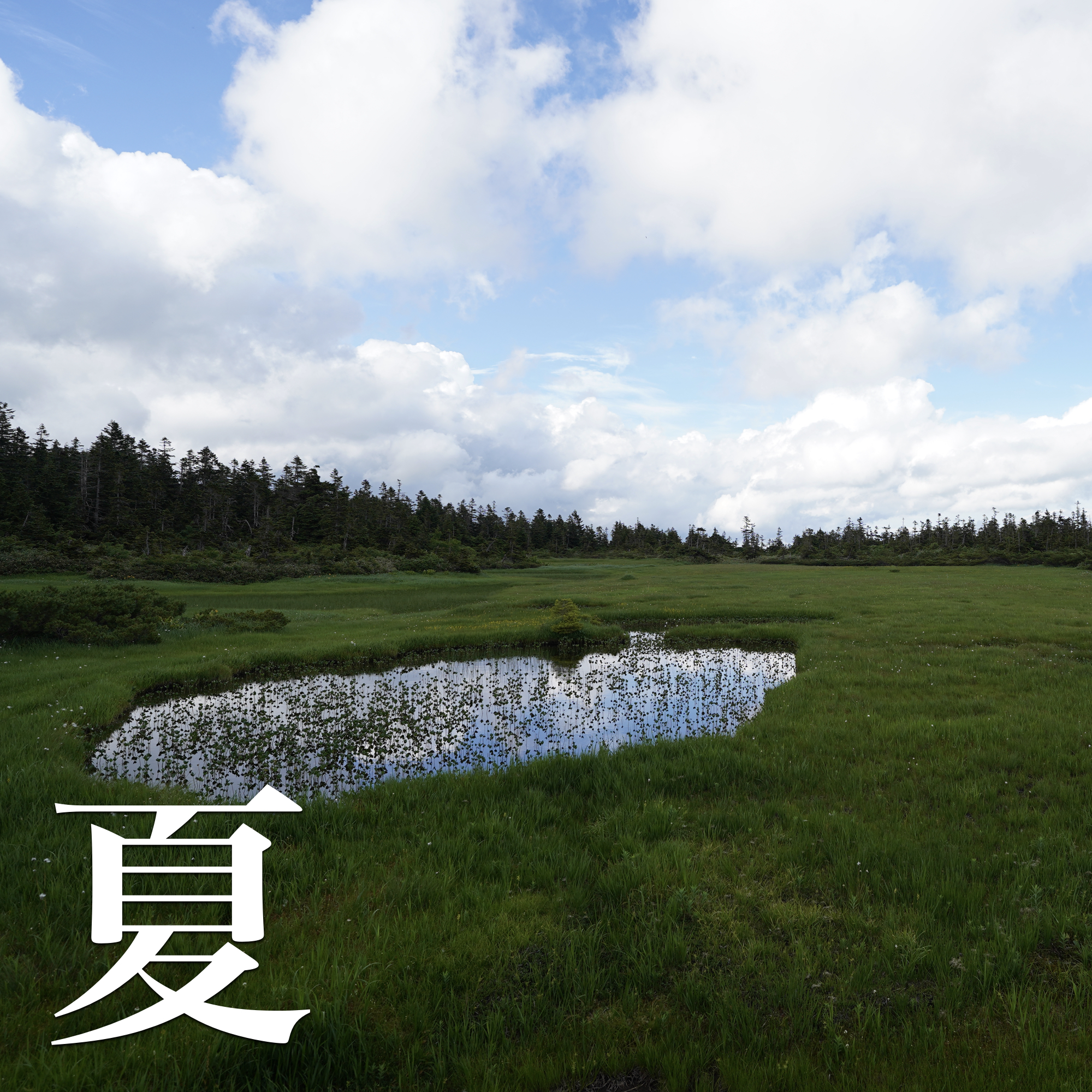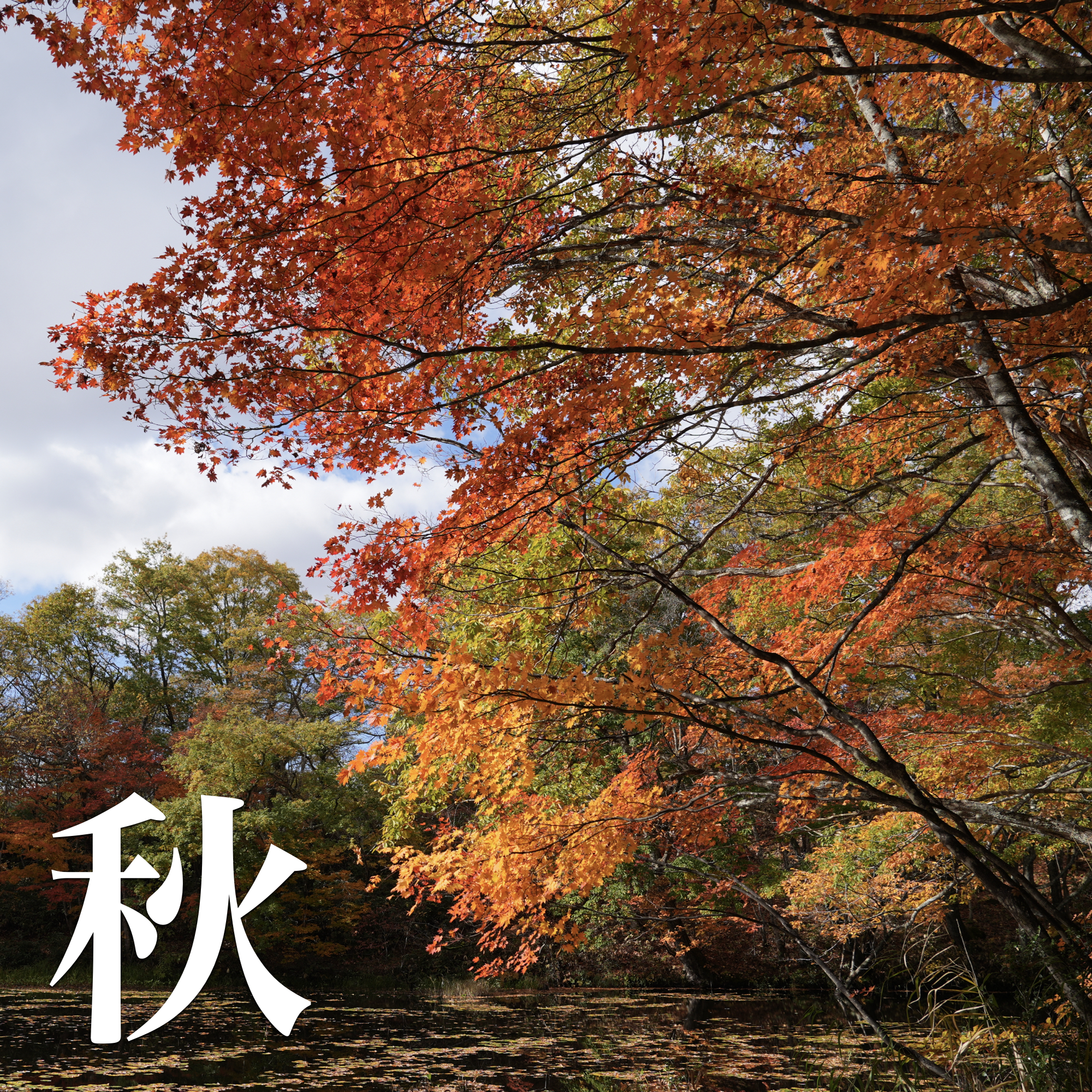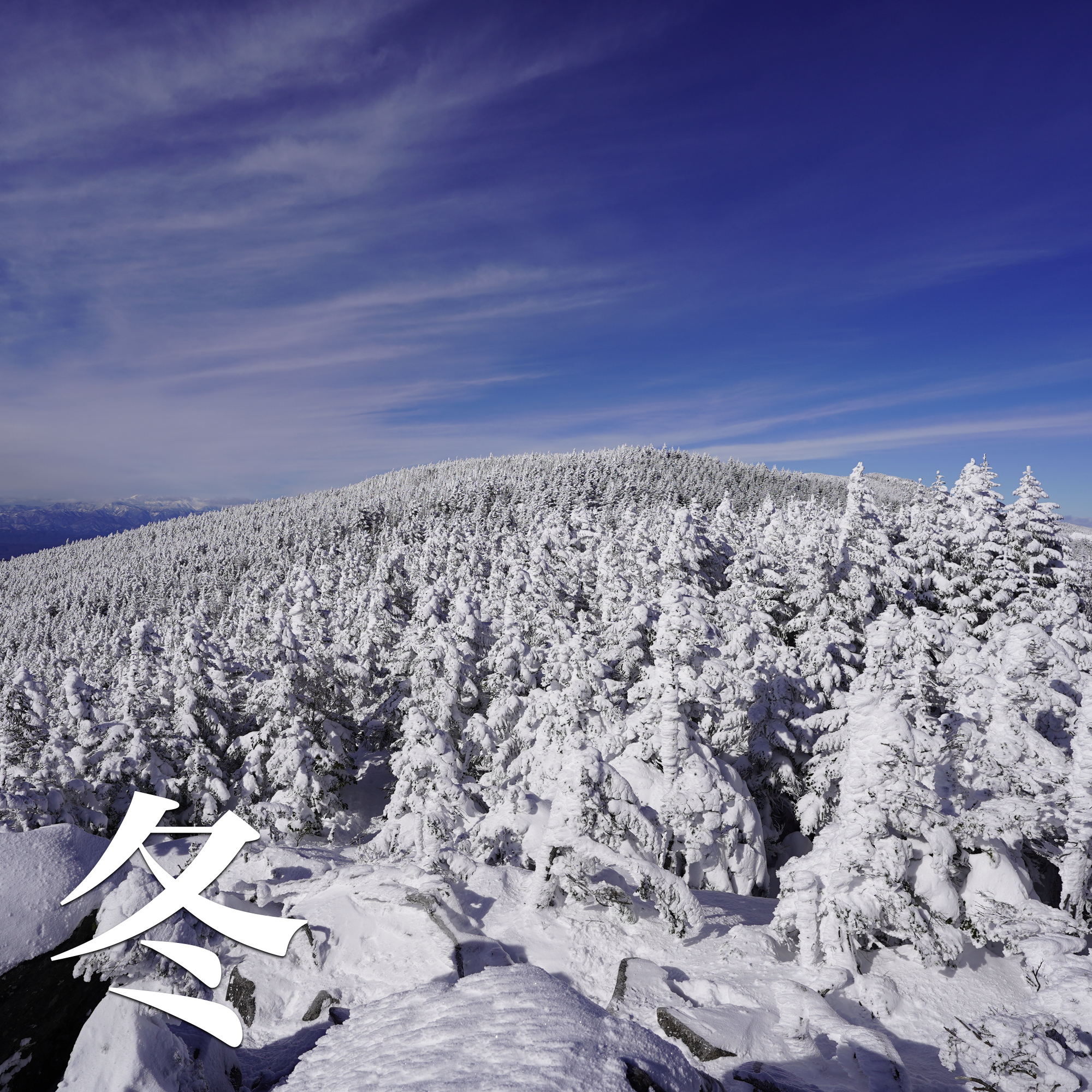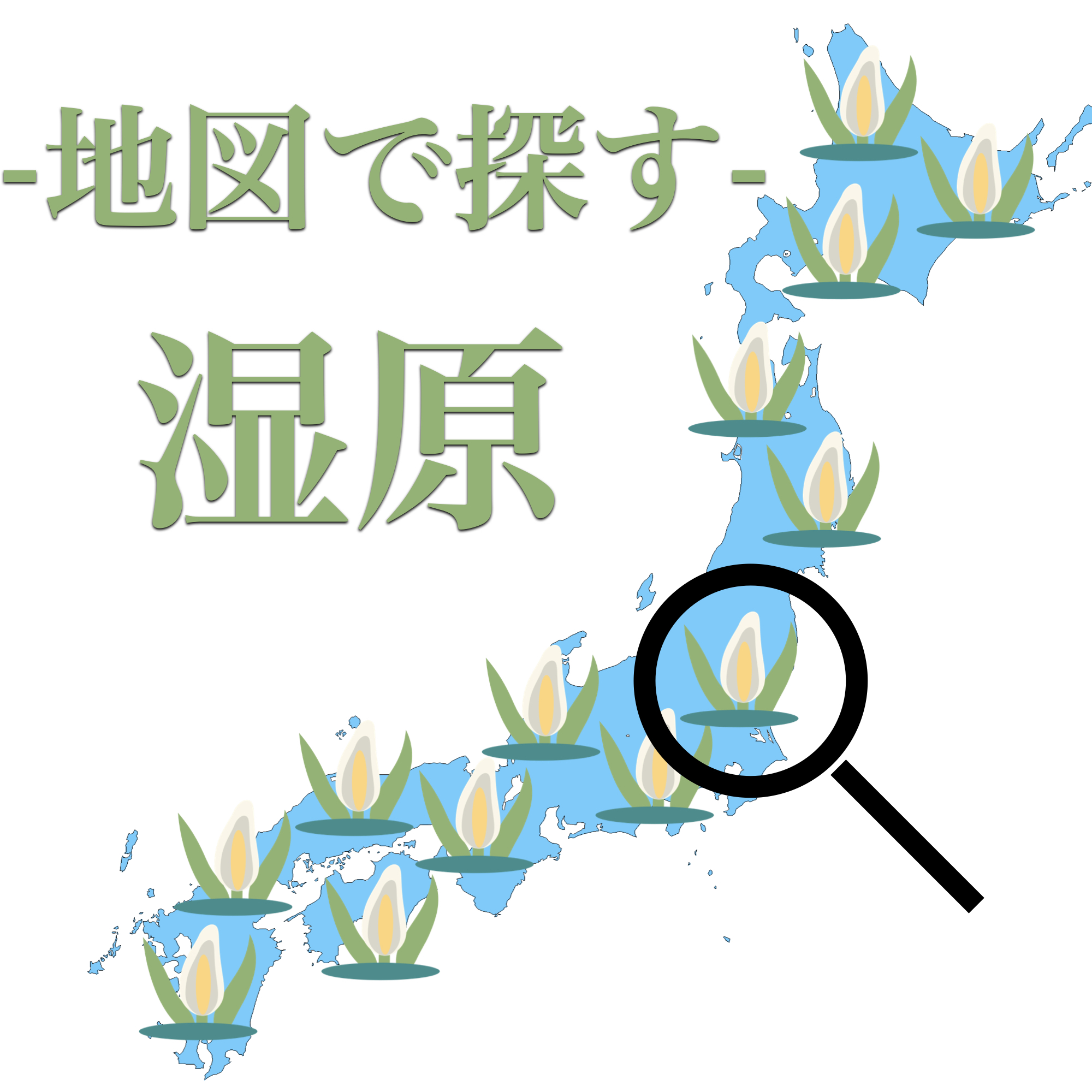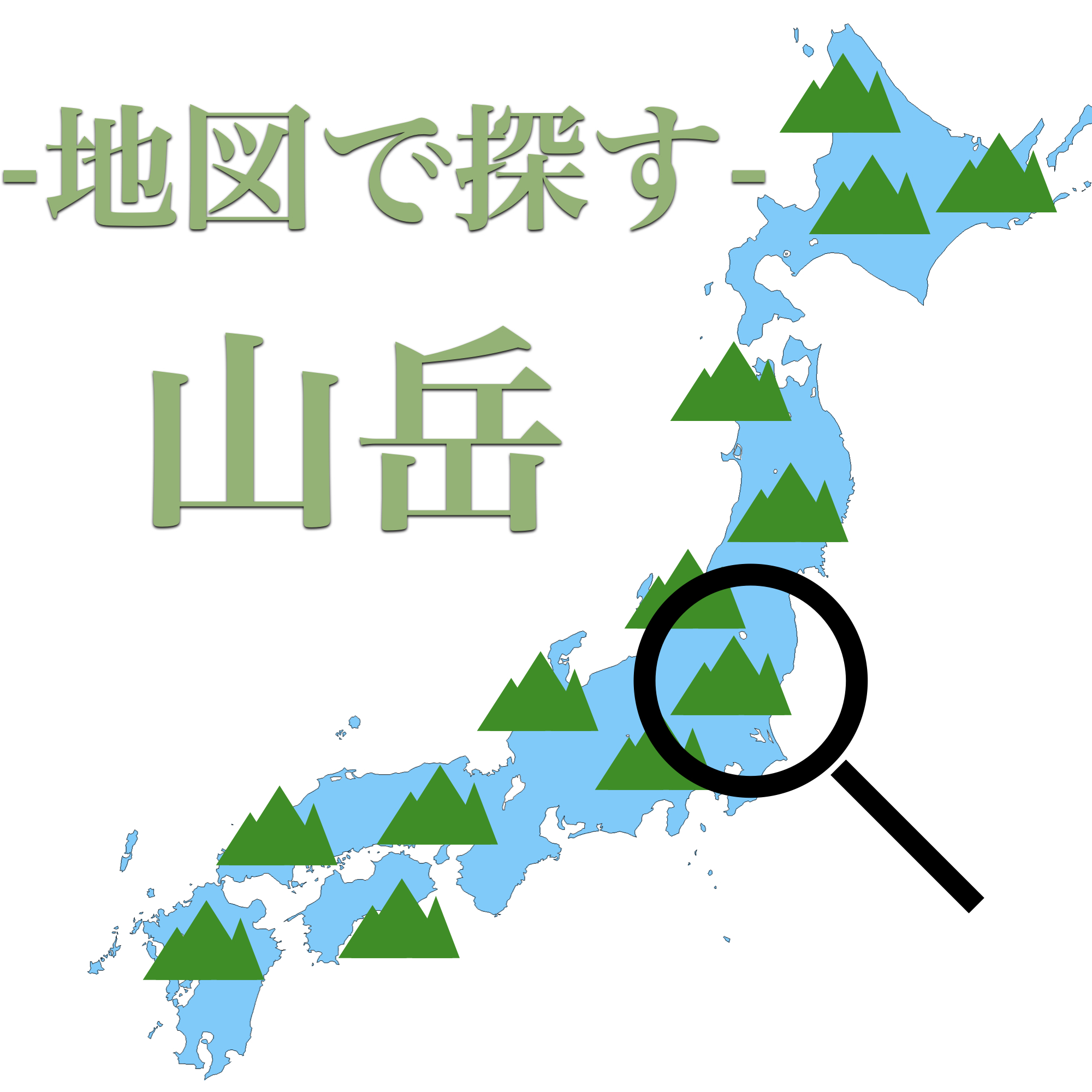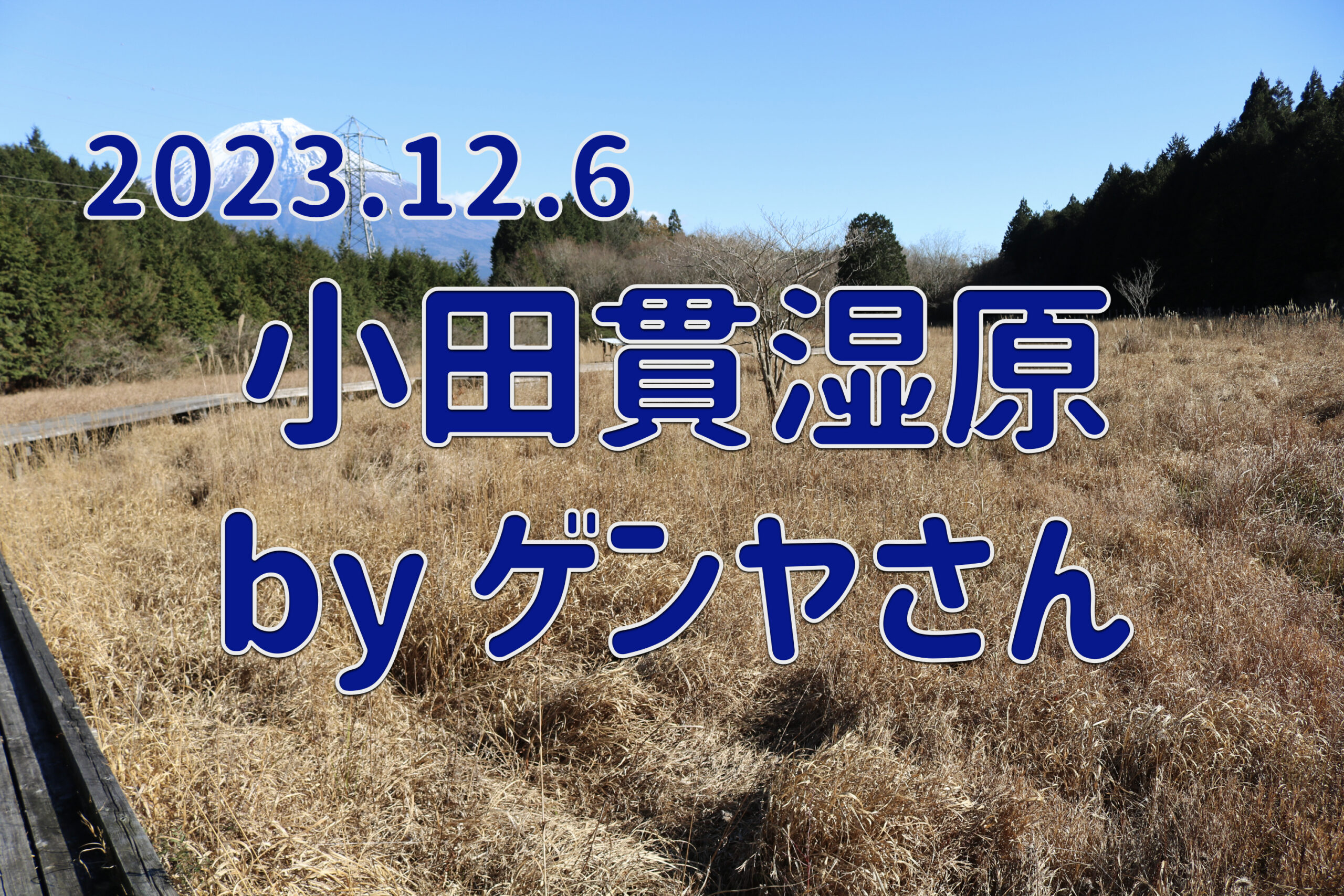
HokkaidoMarshland Visit ArticleGenya, who posted this, wrote an account of his exploration of Odanuki Marsh in the middle of winter!
Now, please enjoy Genya's article!
table of contents
Introduction
The other day, as recommended by Nike, I went to Kodanuki Marsh at the foot of Mount Fuji on the Shizuoka side in early winter.
I also walked the path along the shore of Lake Tanuki, so although there are some overlaps, I'll write a bit about it, quoting from publicly available sources and other sources.
It is located in the second special area of Fuji-Hakone-Izu National Park (Mount Fuji area) and is the last remaining area at the foot of Mount Fuji.
It is one of the few remaining wetlands.
It is located on the north side of Lake Tanuki, at an altitude of 700m, with the Old Fuji mudflows distributed at its base, and above that is covered with the new land layer (Kuroboku) from the new period of the New Fuji volcano.
This area is home to plants unique to marshes, as well as many kinds of dragonflies and butterflies, and has been designated an "important wetland" by the Ministry of the Environment. The circular path is 900m long and takes about 30 minutes to walk around.
Although it is small in size, it is the only remaining marshland on the western foot of Mount Fuji, covering a total of 1.75 hectares on the northern shore of Lake Tanuki, and is recorded to have around 125 small ponds of various sizes scattered throughout it, but it appears to be drying out.
search
▼The first view we saw from the lakeside after getting off the bus.
Mount Fuji in early winter from the Shizuoka side.
The deep valley has collapsed. It's painful.
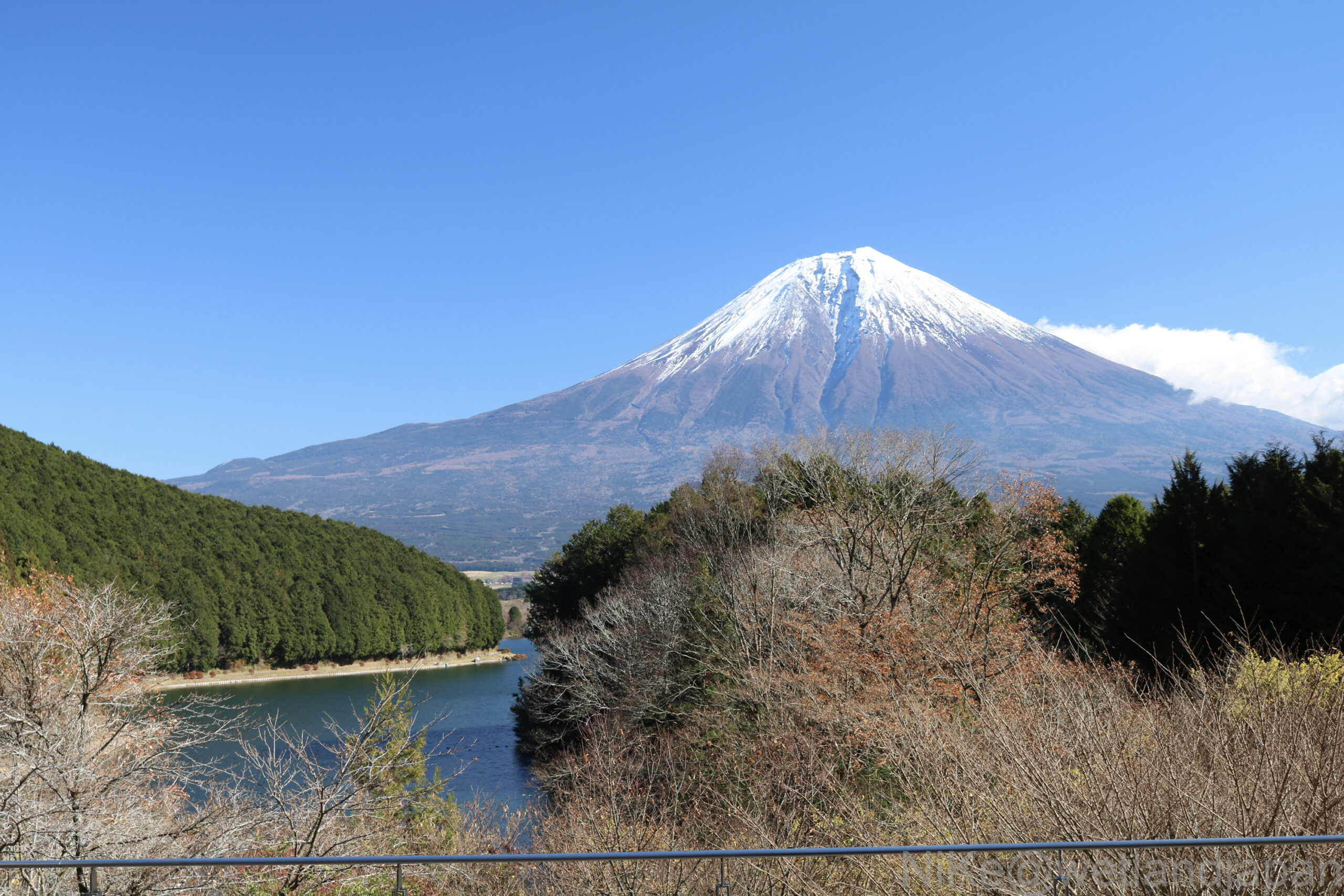
▼After walking for a while along the shore of Lake Tanuki, admiring Mt. Fuji and the fishermen, we enter the cypress forest path that leads to Odanuki Marsh.
Cypress is a coniferous tree, and although there is sunlight filtering through in places, it is a dimly lit forest path.
It's a clear day today, so the forest road is bright, as you can see in the photo.
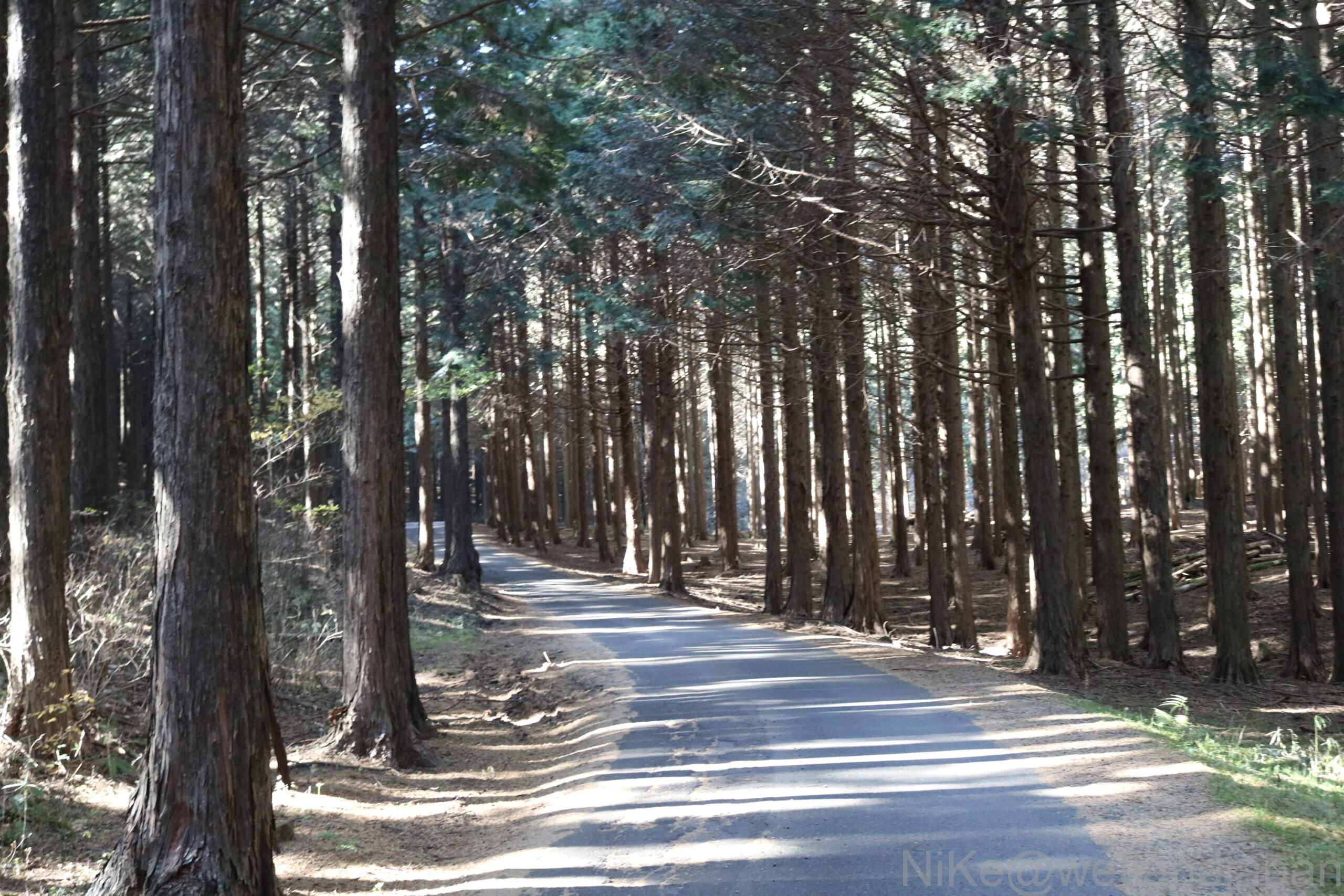
▼ The path from the forest road to the marshland. The surrounding deciduous trees have lost their leaves and the autumn colors have faded.
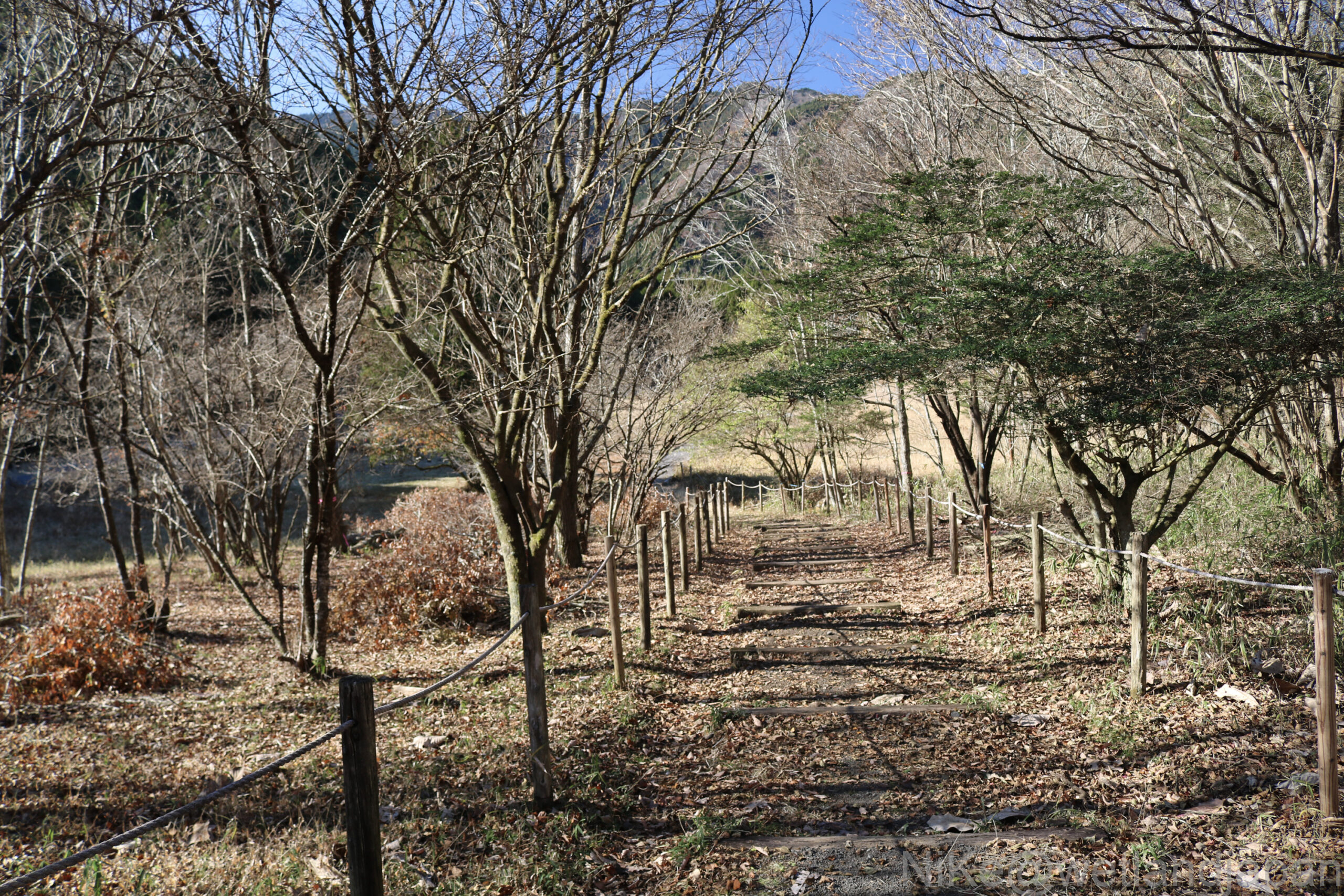
▼Beyond the gazebo in the foreground, a boardwalk for exploring the marsh cuts through the middle.

▼Several ponds could be seen among the red leaves of reeds, knotweed, and other grasses in the marsh.
Aerial photographs of the city show there are nearly 20 of them.
It is a fairly old marshland that originated from the eruption of Old Fuji.
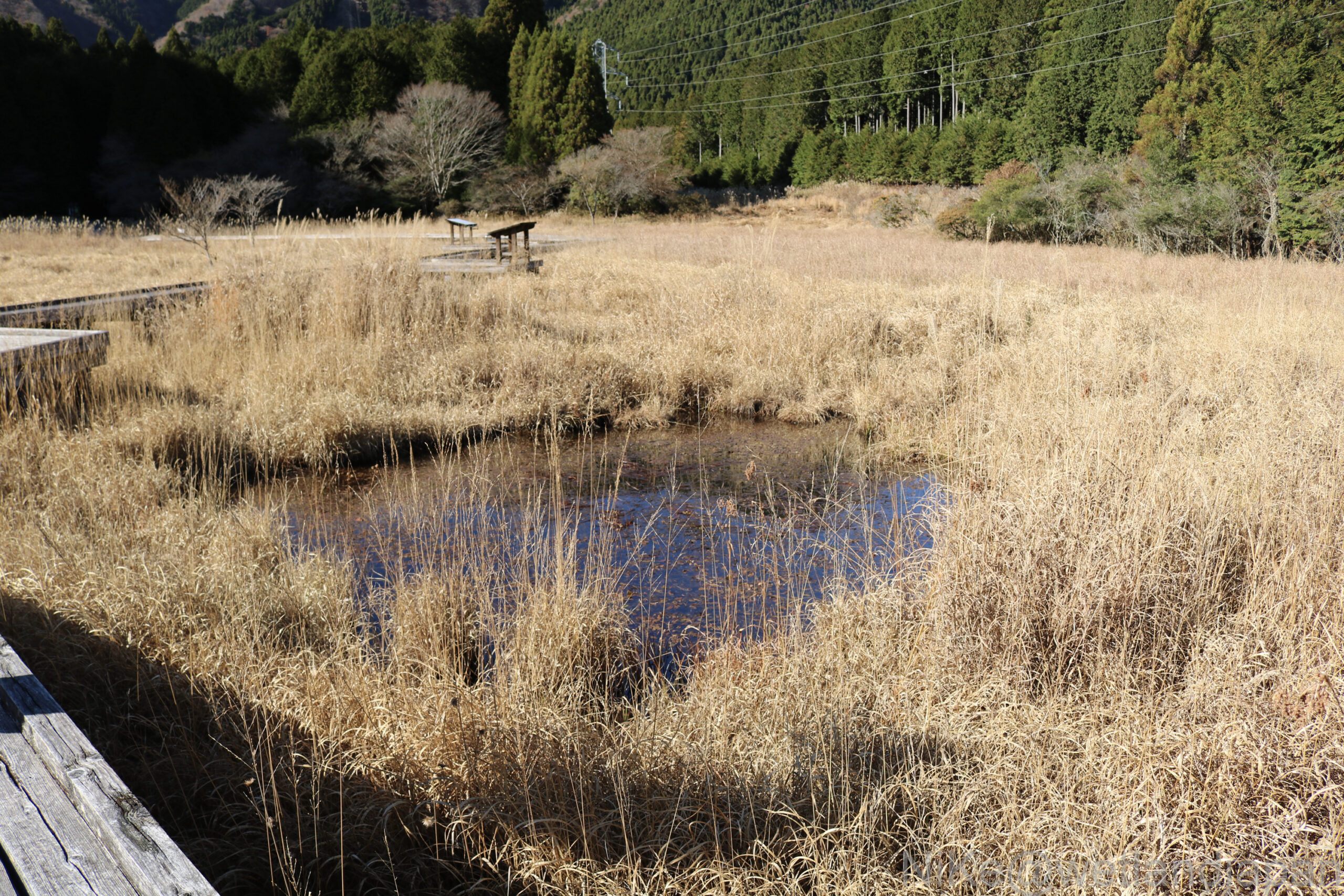
▼Mount Fuji photographed from the center of the marsh.
There are many artificial coniferous forests around the area, so it seems that the area was quite developed at one point.
Are power lines ruining the view?
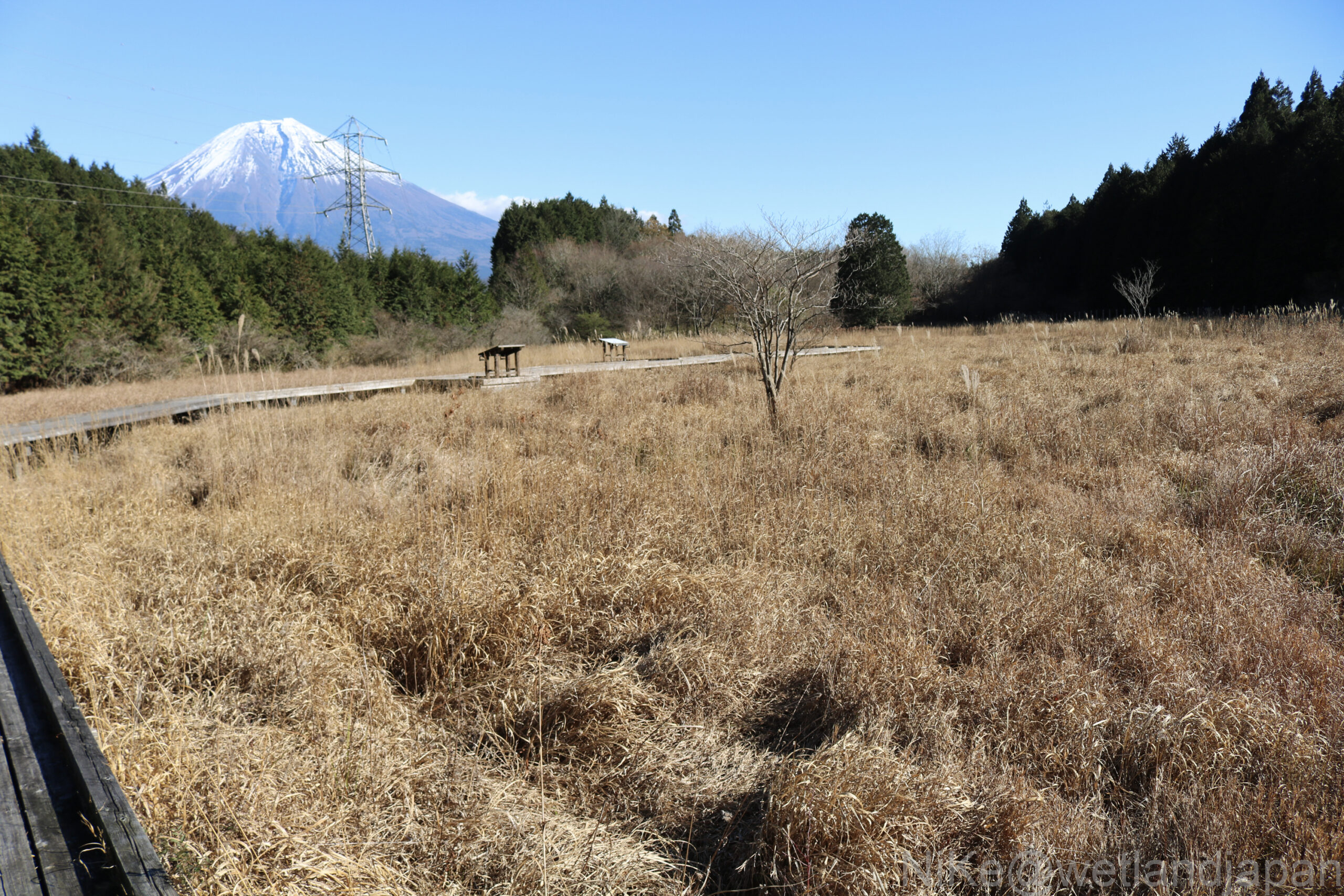
▼Now that it's early winter, I check the information board to see what flowers are blooming in the marsh.
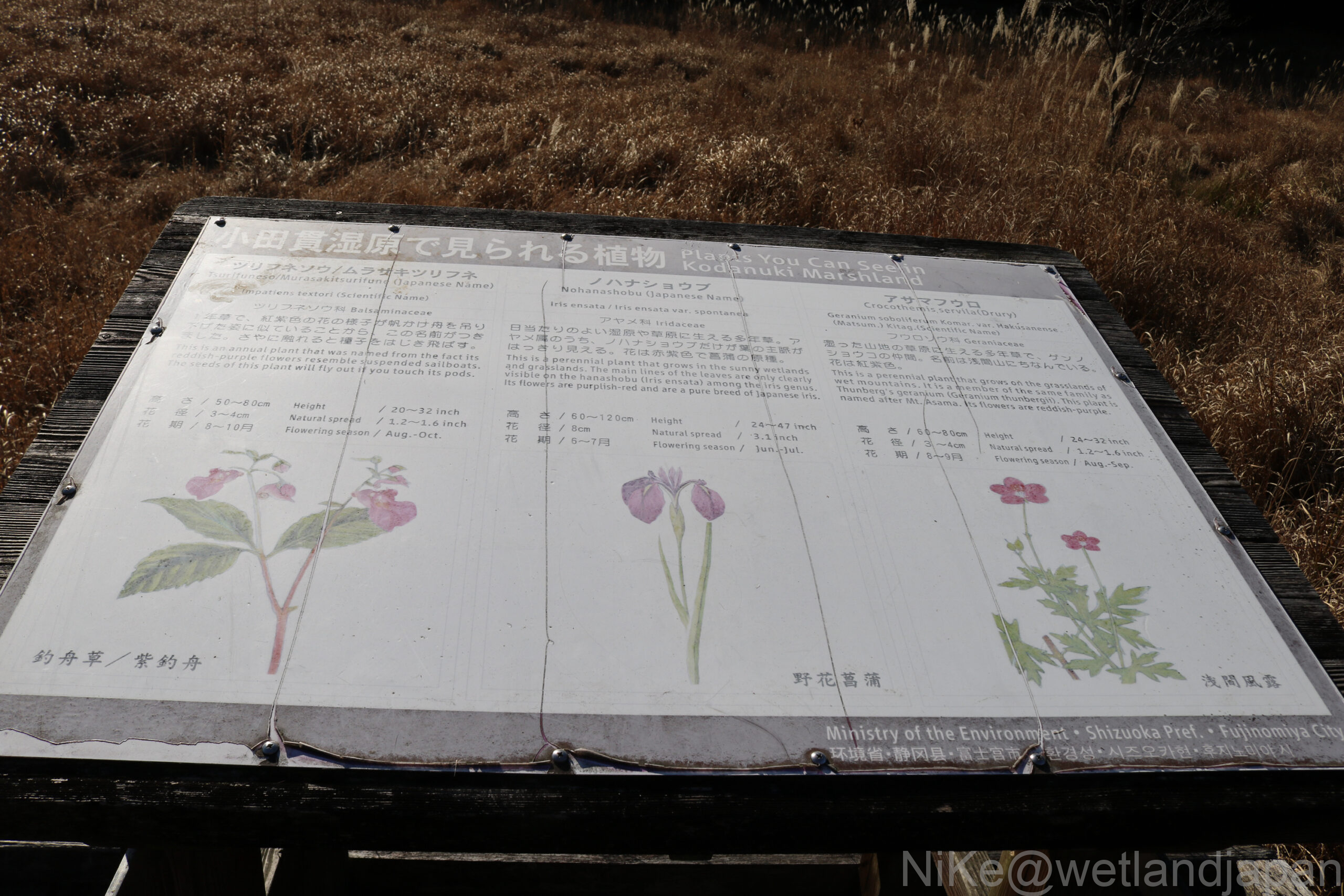
▼ Miscanthus grows in the dry area where the marshland turns into a forest zone
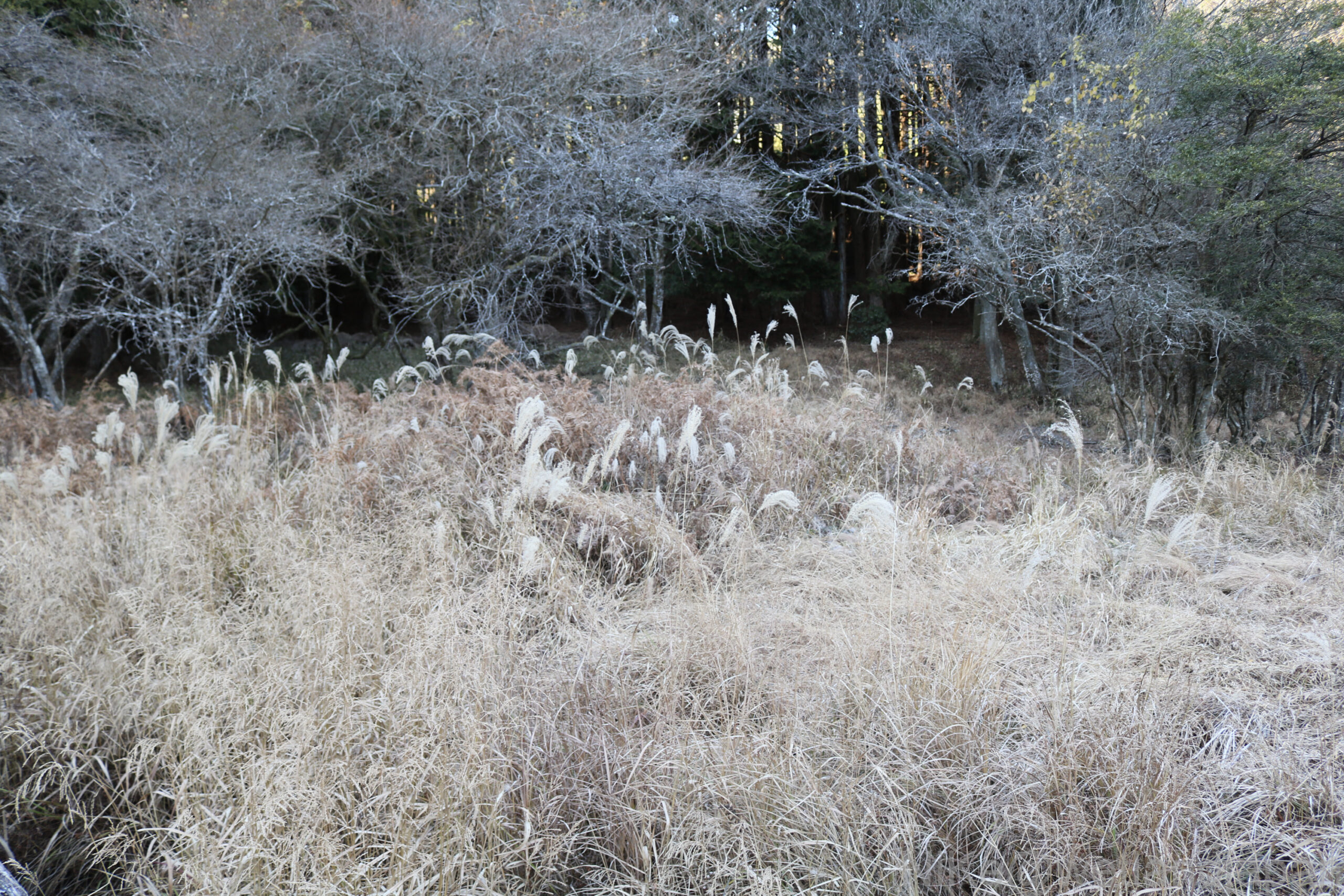
▼Once you finish walking along the boardwalk, you will reach the exit.
Although it is small in size, it is a valuable wetland on Mount Fuji.
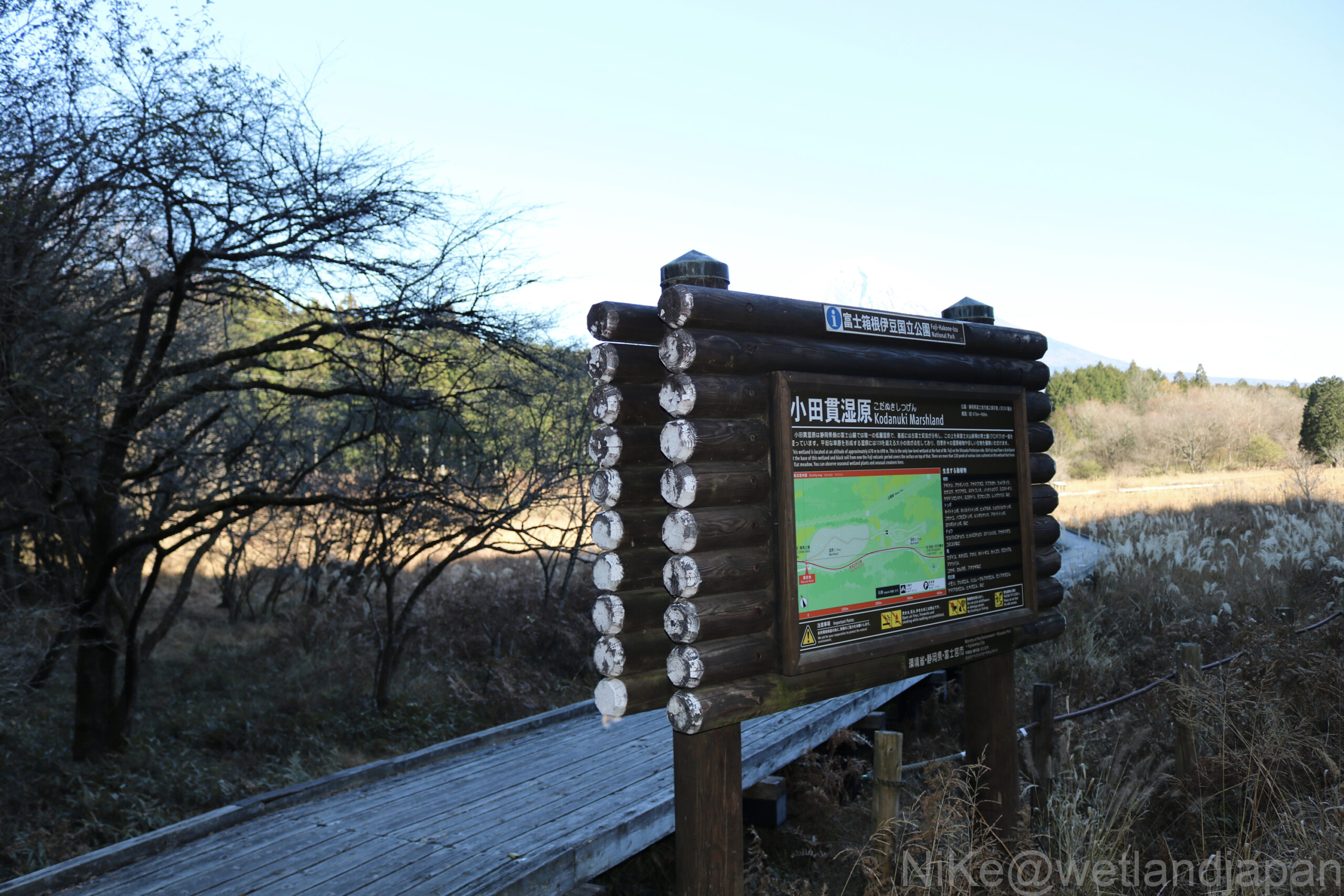
▼On the boardwalk leading back to the mainland, I saw a dragonfly and got quite close to take a photo. It was red, so maybe it was a red dragonfly?
It didn't run away until I passed by it.
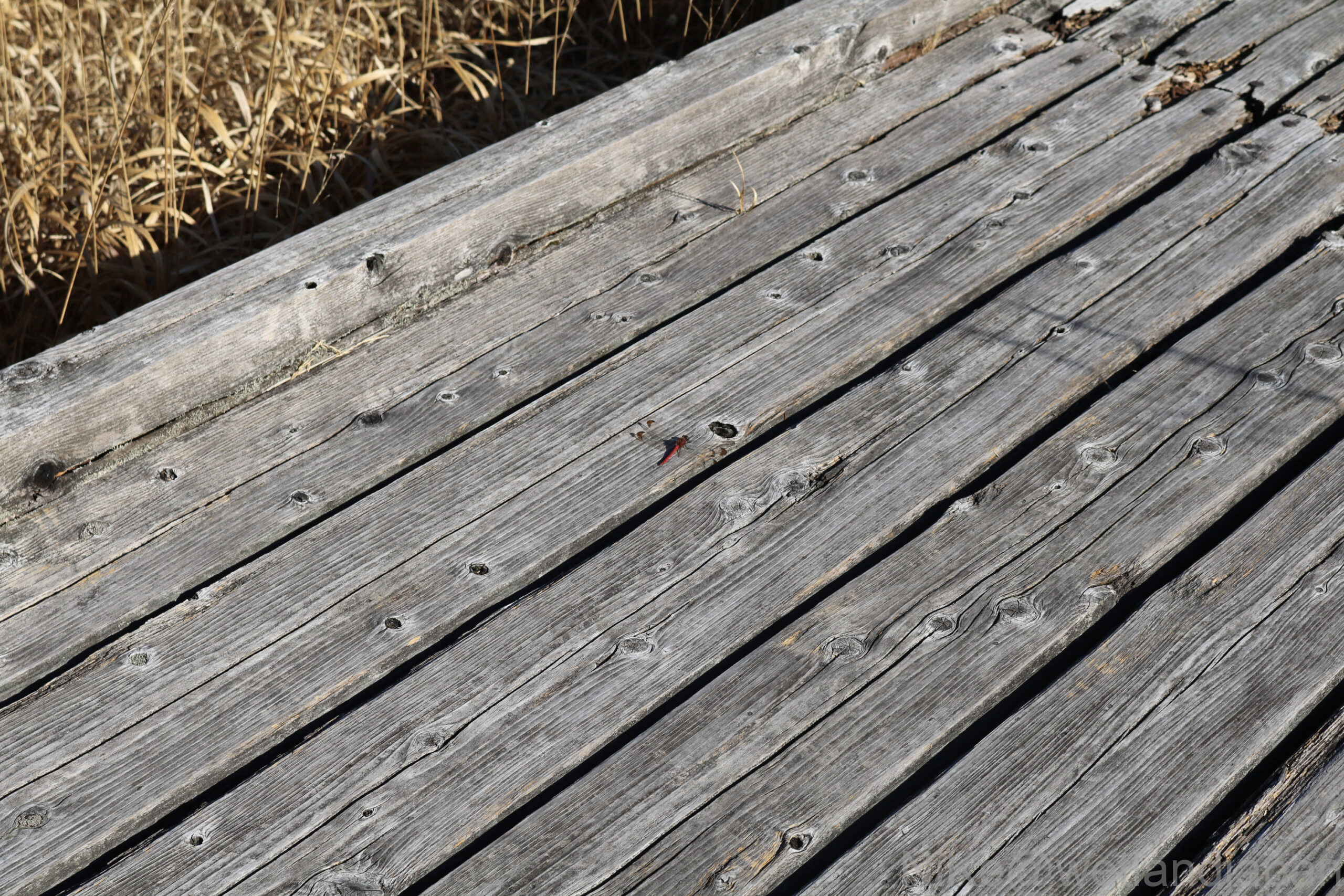
▼Tanuki Lake was an artificial lake.
It makes sense that there is a dam.
Now I was blending into nature.
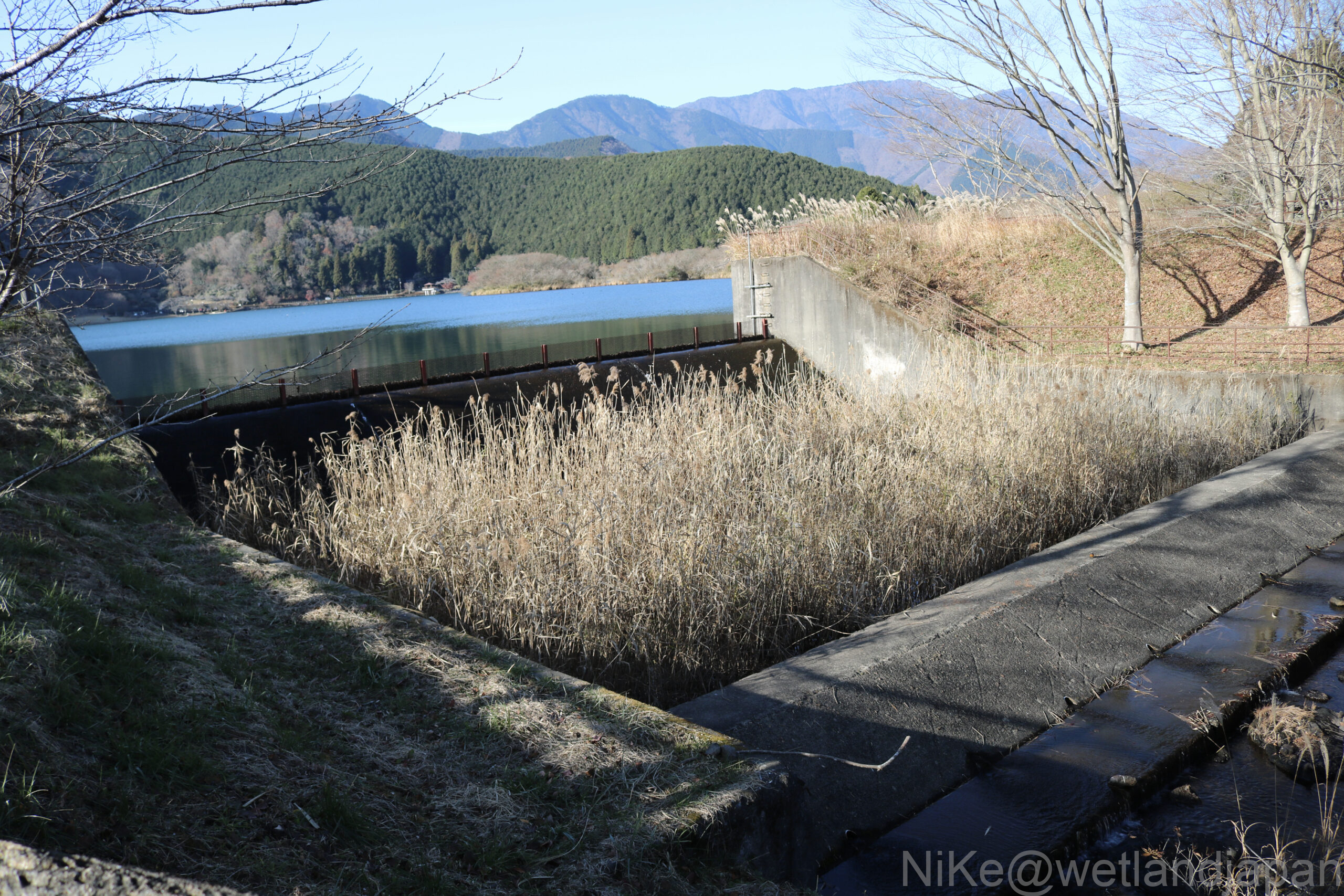
It was originally a small swamp called Tanuki-numa or Tanuki-numa.
As a result of the Great Kanto Earthquake in 1923, the amount of water in the Shiba River, which supplied the surrounding area with water, decreased. In order to secure water for agricultural use, construction of levees began on Tankinuma in 1935 (Showa 10), and the swamp was artificially expanded.
This brings the total to 706,000m3It became an artificial lake that could store water.
▼While waiting for the bus The metasequoia tree in the university dormitory adjacent to the road is illuminated by the afternoon sun, showing off its beautiful autumn colors.
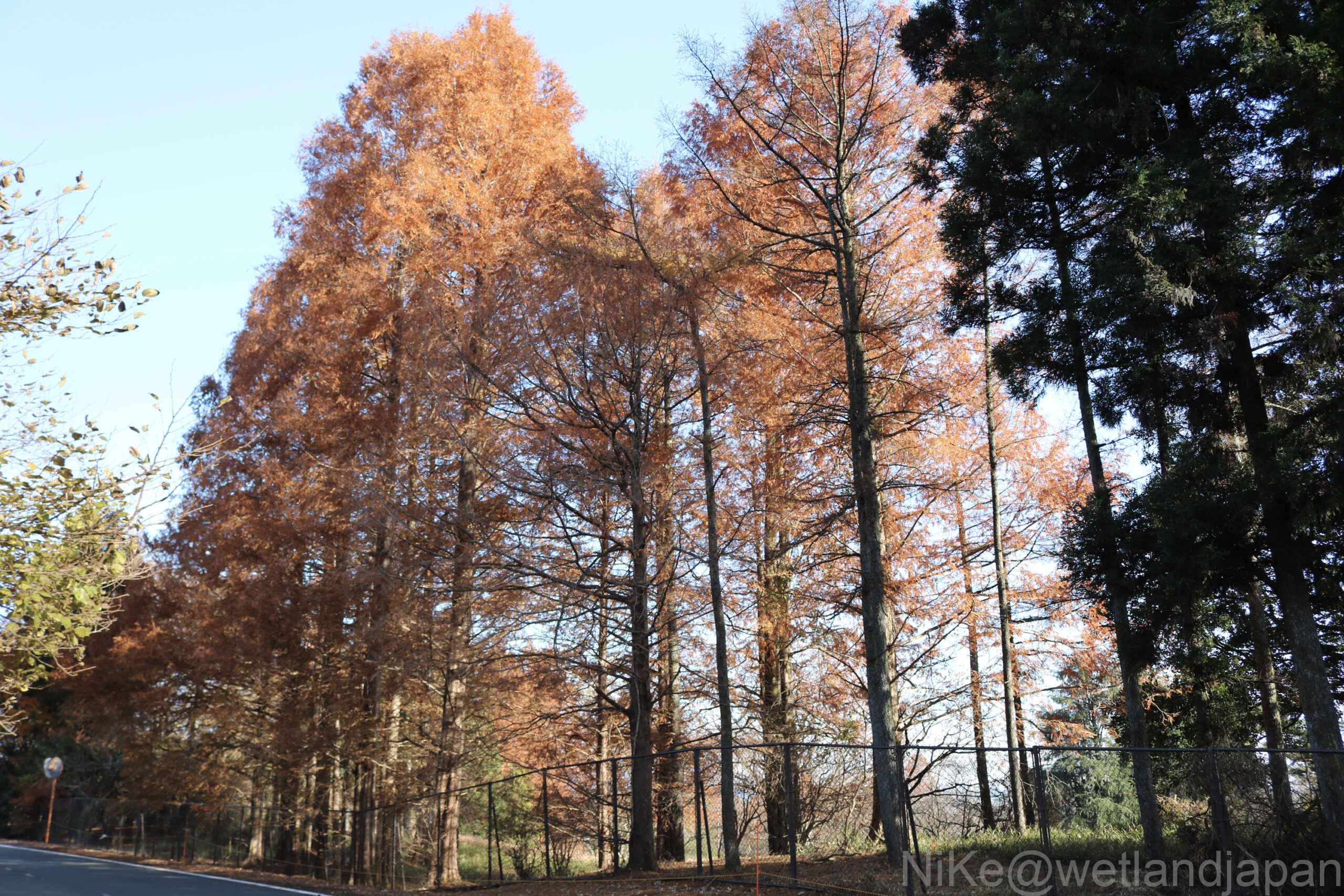
Vegetation
The marsh is divided into three parts, East, Central and West, and is home to around 60 species of plants, including the Asamafuuro flower, over 70 species of butterflies, over 20 species of dragonflies, frogs and wild birds.
Additionally, goshawks, a symbol of the rich Satoyama ecosystem, have been spotted living around Lake Tanuki.
From the boardwalk that runs through the center of the marsh, you can observe wetland plants and animals throughout the seasons.
63 species of plants have been identified within the marsh, including Asamafuuro, Usagi Sedge, Wild Iris, and Sundew.
29 species of dragonflies have been identified, including the blue skimmer and the Japanese skimmer, and there are also many other butterflies, amphibians and other plants and animals unique to wetlands.
summary
After finishing the walk, I couldn't help but think about the majesty of Mount Fuji and how I wish the Odanuki Marsh was a little larger compared to the size of Lake Tanuki.
Considering the age and geology of Mt. Fuji, it is important that there are wetlands. I would like to look into the literature to see if peat layers were formed.
You could also spend the night at a vacation village to see Mount Fuji and Lake Tanuki together, and then head towards Mount Choja and Lake Motosu the next day, which would be a fulfilling experience of mountain climbing and nature walks.
References
- Fujinomiya City Homepage
- Odanuki Marsh Information Board
